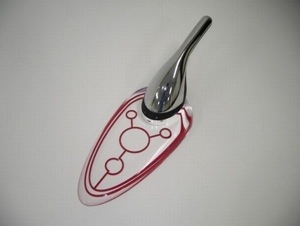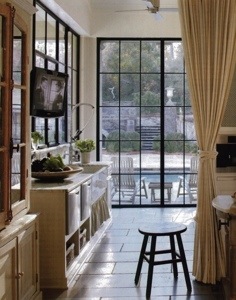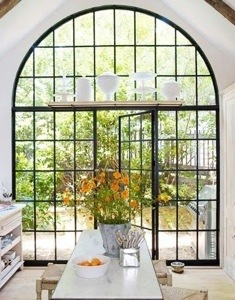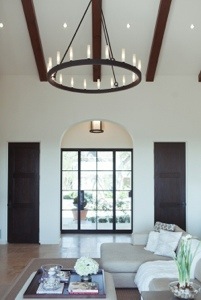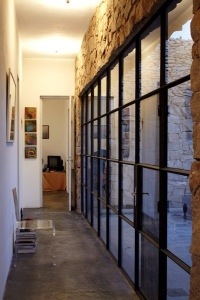Tagged: Iron
B-Iron 725: The Transparent Iron
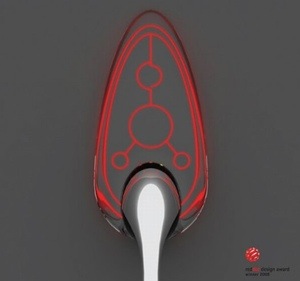
This transparent iron has got creative ingenuity written all over it. The design uses tempered glass on the soleplate of the iron to allow you to clearly see the creases that you’re trying to remove. In terms of product design, designers Dong-Seok Lee and Ji-Hyung Jung are definitely making me enthusiastic about the future. Identifying problems with equipment that we use daily, and trying to find a way around them, is what makes modern design so appealing and lucrative. In a similar way to the Transparent Toaster, the designers have altered the material of the appliance to allow visibility where it is conventionally, and infuriatingly, opaque. What’s more, it is executed in a stylish, visually appealing way. No longer will irons be hiding in cupboards…
Via Design Buzz
Glass and Iron Bookshelf

Iron and Glass Windows: Industrial Splendour
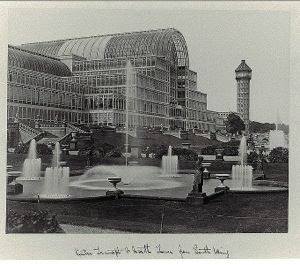
The combination of glass and iron in design is very reminiscent of Victorian architecture. Some of my favourite buildings in this period were built with these materials, including London’s Crystal Palace, pictured above. This stunning piece of architecture was built in London’s Hyde Park to host the Great Exhibition of 1851. At the time of its construction, it included the most amount of glass ever used in a building. Resultantly, there was little need for interior lights as there was an abundance of natural lighting – hence Crystal Palace. Following the exhibition, the building was reconstructed in South London suburb, Sydenham Hill. It stood there until 1936 when it was sadly destroyed by a fire.
The design which was revolutionised in the industrial age still holds some inspiration for modern times. Windows made from steel and glass can work very well, especially in industrial inspired interiors. The thick steel lines which break up the extent of the glass add an interesting touch to the transparency. Below, I have selected some beautiful instances of this:
